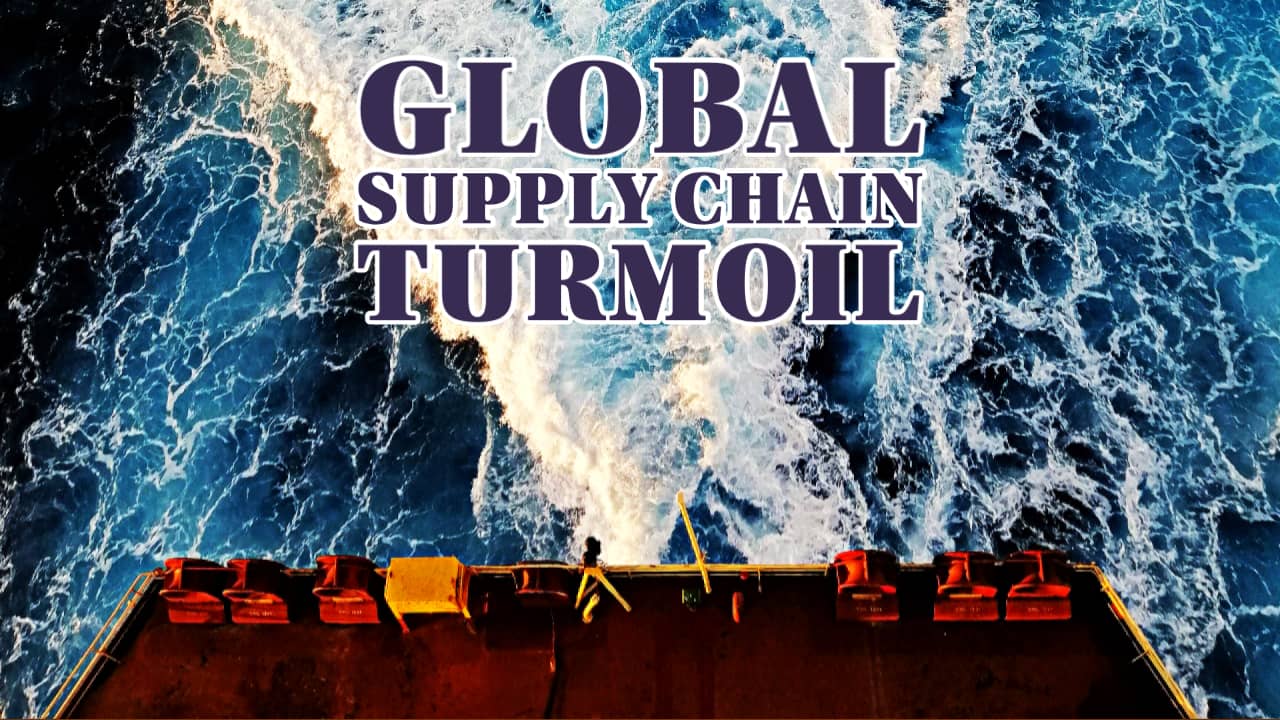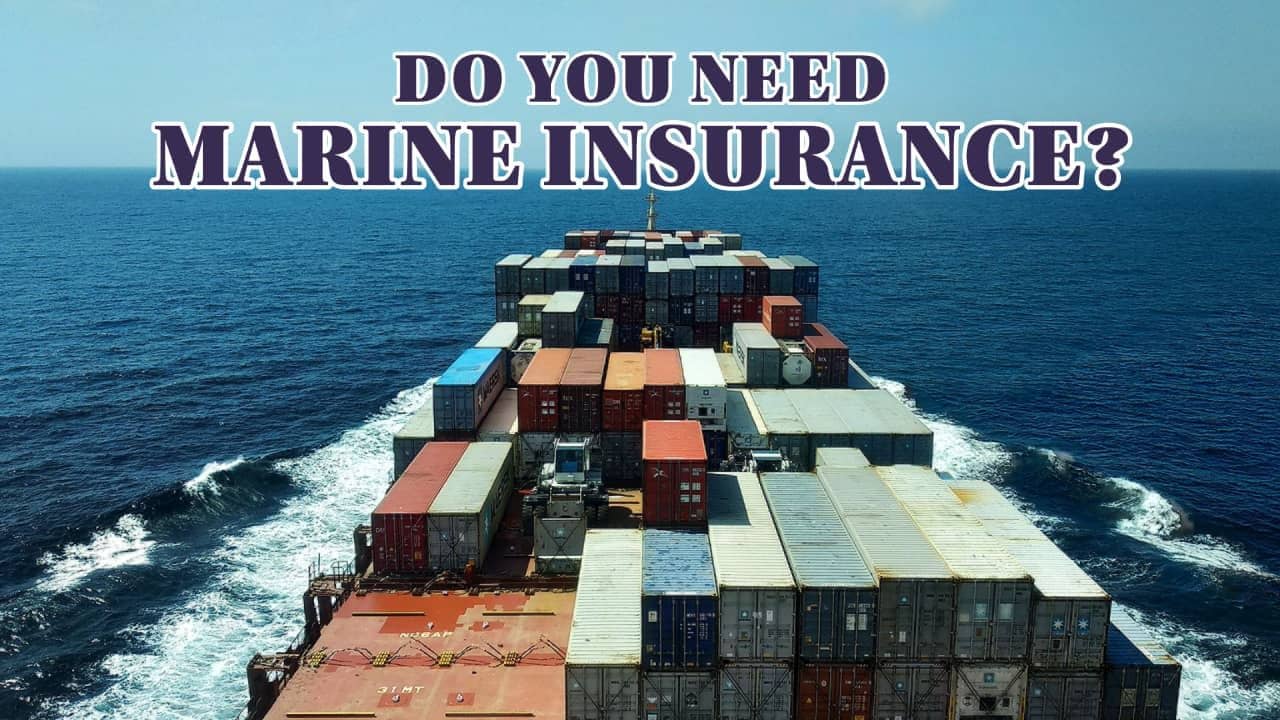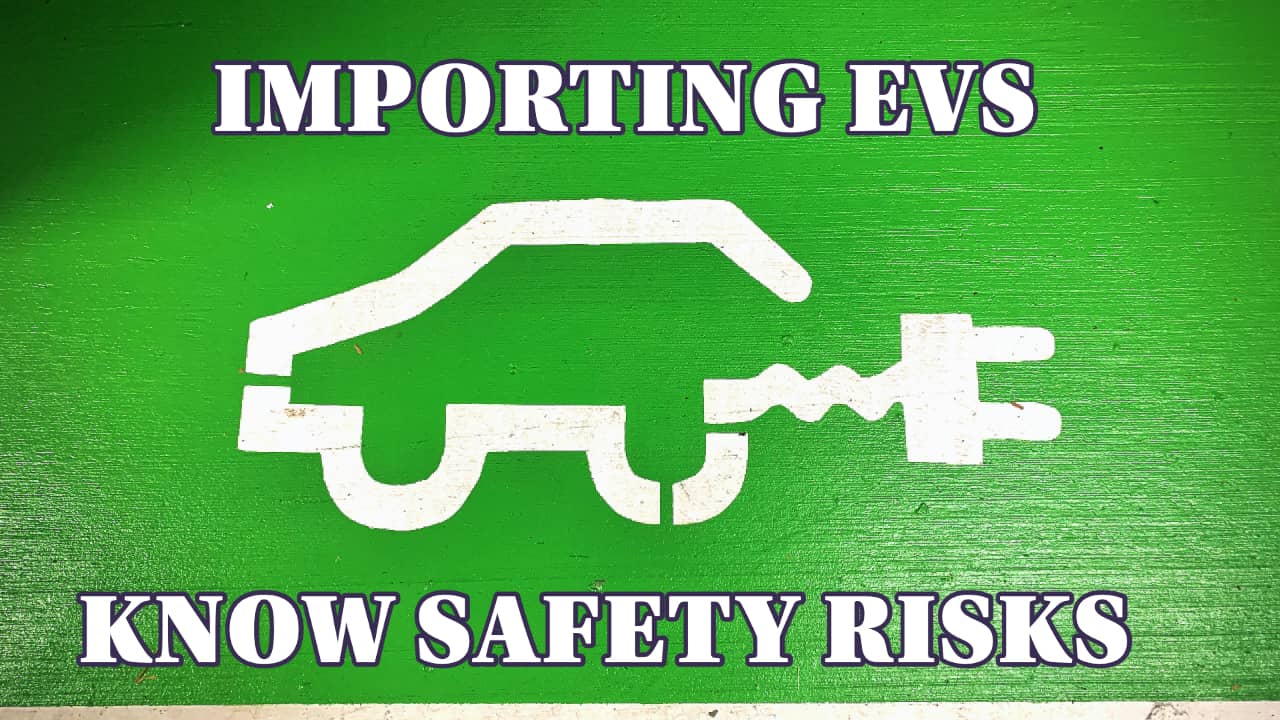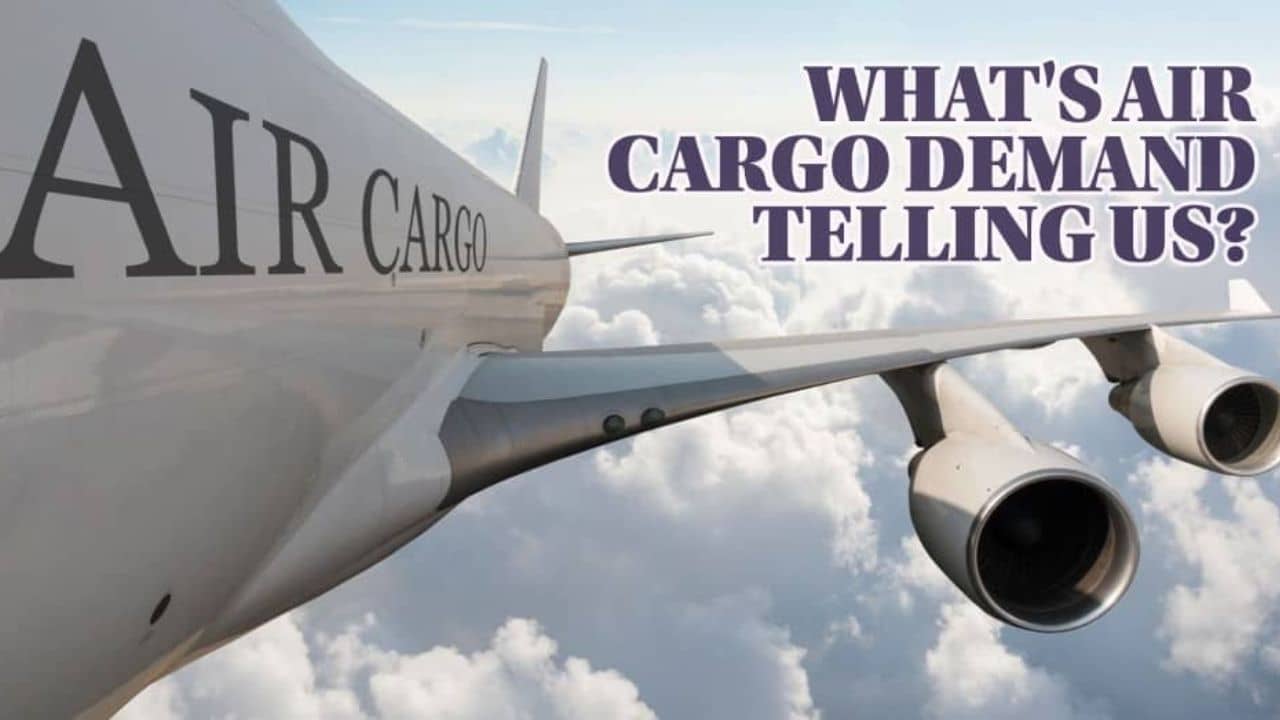Identifying the Major Business Risks for 2023
6-minute read
Today we look at the most important business concerns for companies worldwide for 2023.
Inflationary pressures, energy prices, climate change, digitalization, and geopolitical uncertainty test already strained business models and supply chains, according to the Allianz Risk Barometer, which complied responses from 2,712 risk management experts from a record 94 countries.
China’s Abandonment of Zero COVID Policy and What It Means for Importers and Exporters
10-minute read
Today we’re looking at that strange time of shipping and logistics year when traditionally, ahead of factory closures for the Chinese New Year holidays, we see a spike in air and ocean demand and freight rates.
But will tradition mean a thing in 2023? How long will factories stay closed?
And what does the unwinding of China’s zero COVID policy mean for manufacturers, international travel, air cargo and shipping supply chains, both in the coming weeks and in the year ahead?
The Challenges of a Post-Covid World for Global Supply Chains
9-minute read
If 2022 taught us anything, it was to expect the unexpected. It was the year that shocked us with the war in Ukraine, endless Chinese Covid lockdowns, soaring inflation and the devastation of tighter fiscal and monetary policies.
Extreme weather affected supply chains from India to the Mississippi and Australia to the Rhine. Freight rates collapsed, and the peak season was a non-event.
Arriving at the Airport ‘Ready to Fly’ is Closer to Reality with New Industry Standards
3-minute read
The International Air Transport Association (IATA) has developed industry standards which will bring the aim of having travellers arrive at airports ready-to-fly one step closer to reality.
The newly released Recommended Practice on Digitalization of Admissibility will enable travellers to digitally prove admissibility to an international destination, avoiding a stop at the check-in desk or boarding gate for document checks.
Reducing Container Volumes, Declining Freight Rates, Excess Capacity – the Current State of Global Supply Chain
6-minute read
The global economic outlook appears to be deteriorating further amid slowing growth and elevated inflation levels, comments Danish shipping and logistics group A.P. Moller-Maersk.
As a result, global container volumes continue to fall with negative growth in virtually all the main markets.
5 Claims Trends to Watch in Marine Insurance
8-minute read
The long-term positive safety trend for the global shipping industry continues as total losses have more than halved over the past decade.
However, a number of factors are leading to ever-larger claims, according to an industry loss analysis report by insurers Allianz Global Corporate & Specialty (AGCS), who summed up the 5 claims trends to watch in marine insurance based on their findings.
How to Determine the Customs Value for Your Imported Items
5-minute read
When goods are transported across international borders, a tariff duty can be levied on imported goods either as a percentage of the monetary value of the goods (ad valorem), a specific rate of duty (e.g. $1 per litre of alcohol), or a combination of ad valorem plus a specific rate of duty.
Most countries calculate tariff duty on an ad valorem basis (a percentage of the value) as it is more equitable, transparent and easier to estimate.
However, the amount of duty payable depends on the value of the imported goods.
The Dangers of Transporting EVs with Lithium-ion Batteries Along the Supply Chain
6-minute read
Today, lithium-ion (or “Li-ion”) batteries are an essential everyday item found throughout the world and in almost every household or workplace in one form or another.
They are found in portable devices such as mobile phones, mobility devices, recreation, manufacturing and power storage, through to larger products, such as electric vehicles (scooters, bicycles, cars, buses and trucks) and even superyachts and ships.
Global Air Cargo Activities are Declining while Air Passenger Traffic is Strong
3-minute read
The International Air Transport Association (IATA) released data for September 2022 global air cargo markets showing that air cargo demand softened.
What You Need to Know About the Latest Trade Sanctions
3-minute read
Importers, exporters and their agents are reminded that a wide range of goods of any origin are prohibited from export to the Russian Federation or from import to New Zealand if their country of origin was the Russian Federation from 4 November 2022.










